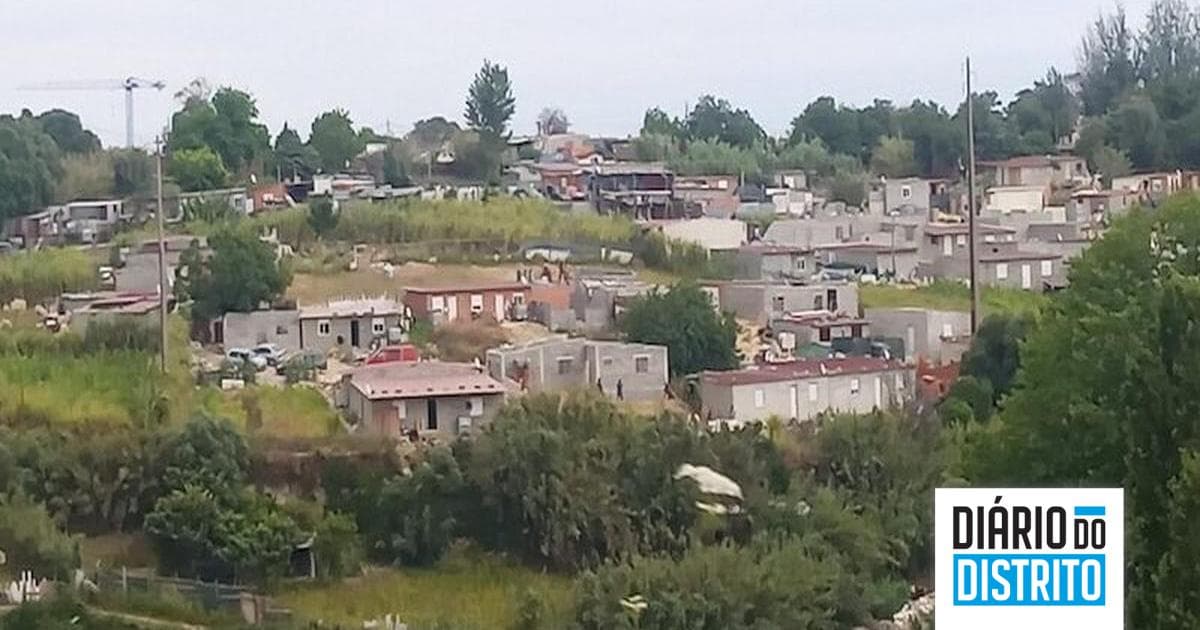New Lisbon Neighborhood Envisioned on Current Airport Site
A municipal and developer-led vision for a new district on the land currently occupied by Humberto Delgado Airport is gaining traction, with urban planners announcing a proposal to transform the site into a modern, high-density neighborhood. The plan, championed by architect and urbanist Miguel Saraiva, suggests that the eventual relocation of the airport presents a historic opportunity for a large-scale, master-planned urban development in Lisbon. This initiative aims to address the city's housing shortage and modernize its urban landscape without disrupting the architectural integrity of its historic center.
The specific details of the development project outline the creation of a '21st-century garden city' that would feature a mix of high-rise residential towers, commercial office space, retail centers, and cultural facilities. The proposal emphasizes the integration of extensive green spaces, parks, and public squares, creating a new 'green lung' for the city. This new centrality would be designed from the ground up based on principles of sustainability and high-quality urban living.
The timeline for the implementation phases is contingent on the final decision and schedule for the airport's relocation. However, planners are advocating for the immediate commencement of the zoning and master-planning process. Once the land is vacated, the construction would be phased over a decade, beginning with major infrastructure works and followed by the vertical development of the various districts within the new neighborhood.
The impact on local residents and property owners in the surrounding areas, such as Olivais and Portela, is expected to be overwhelmingly positive. The removal of the airport, a source of significant noise and air pollution, would immediately improve the quality of life. The development of a new, vibrant neighborhood is projected to lead to a significant appreciation in property values for the adjacent zones, transforming them into highly desirable residential areas.
Need Expert Guidance?
Get personalized insights from verified real estate professionals, lawyers, architects, and more.
Key infrastructure improvements are a cornerstone of the plan. This includes the construction of new metro lines and bus routes to ensure seamless connectivity with the rest of the city, as well as state-of-the-art utilities, including water, sanitation, and high-speed telecommunications networks. The project's funding would likely come from a public-private partnership, with the sale of development rights to private firms financing the bulk of the infrastructure and construction costs.
A community consultation process is being proposed to gather feedback from Lisbon's residents and ensure the development aligns with their needs and aspirations. A central tenet of the social dimension of the project is the mandatory allocation of a significant percentage of the new residential units to affordable housing and rental schemes. This would help to mitigate the city's housing crisis and prevent the new district from becoming an exclusive enclave for the wealthy.
An environmental impact assessment will be a critical component of the planning process, with a focus on sustainable construction methods, energy-efficient buildings, and responsible water management. The long-term vision is to create a model of sustainable urban development that can be replicated elsewhere. This transformative project is seen not just as a solution to real estate pressures but as a way for Lisbon to build a future that is as inspiring as its past.
Discover emerging areas and local opportunities at realestate-lisbon.com.





